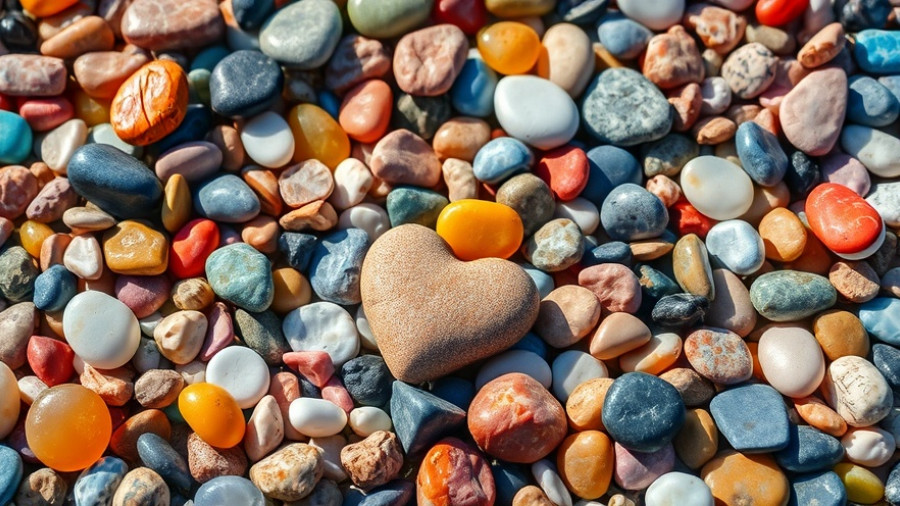
Understanding the Dance of Beauty and Sadness
In a world where beauty captivates our attention, it might seem surprising that sadness often walks hand-in-hand with it. Through the lens of mindfulness, we can recognize that these two emotions coexist, shaping our experiences and influencing our mental health. Many from various backgrounds — including youths, families, and caregivers — struggle with feelings of despair amid moments of joy. This exploration seeks to embrace both emotions, creating a path towards understanding and acceptance.
The Role of Mindfulness in Accepting Emotions
Mindfulness is the practice of being fully present in the moment, which can be incredibly effective in navigating feelings of beauty and sadness. Research indicates that mindfulness can improve stress reduction and foster greater mental health. When we acknowledge both beauty and sadness, we empower ourselves to create a balanced perspective on life. This is particularly vital for youth and families grappling with pressures from society or navigating challenges such as crime or emotional distress.
Beauty as a Pathway to Healing
Finding beauty in everyday moments can serve as a form of therapy, allowing us to cope with sadness and adversity. For instance, immersing ourselves in nature, appreciating art, or simply enjoying quality time with loved ones can uplift our spirits. These moments often remind us of life's wondrous aspects, even amid struggles. Practicing gratitude — recognizing beautiful things in our lives — can enhance psychological resilience and self-efficacy.
Creative Outlets: A Means to Process Emotions
Artistic expression is another powerful method to process complex emotions. Writing, painting, and even music can provide a therapeutic outlet for feelings of sadness and joy. Such creativity can be a vehicle for self-exploration and understanding, promoting mental well-being among communities dealing with trauma or chronic challenges, such as those living with HIV in South Africa.
Personal Stories of Resilience
For many individuals such as caregivers and educators, stories of resilience often inspire hope and strength. Take, for instance, the story of a community leader who harnessed her challenges to uplift others. By opening discussion around feelings of sadness, she encouraged her community to engage in mindfulness forms like meditation, creating collective healing pathways. Such narratives serve to remind us that while beauty and sadness coexist, there are opportunities for growth and support.
Practical Tips for Embracing Both Emotions
Learning to embrace both beauty and sadness is a journey unique to each individual. Here are a few actionable tips:
- Practice daily mindfulness: Set aside a few minutes each day for meditation or deep breathing.
- Engage in creative outlets: Try journaling or painting to express your emotions.
- Connect with others: Share your feelings with trusted friends, family members, or mental health professionals.
Fostering Resilience in Our Communities
Building resilience is essential for combating feelings of sadness. Establishing support groups for youth and families can create safe spaces to articulate emotions, encouraging open discussions about mental health challenges. Resilience can be nurtured through encouragement, skill development, and resources focused on emotional well-being. Together, we can foster environments that allow beauty and sadness to be experienced and processed positively.
Conclusion: Embracing the Complexity of Life
Life is a beautiful tapestry woven with threads of joy and sorrow. By embracing this complexity, we create opportunities for healing, growth, and deeper connections with ourselves and others. As we navigate our personal journeys, let us practice mindfulness, foster resilience, and seek beauty — even amid sadness. Start your journey today by taking a moment to reflect on the beauty in your life and the stories that shape you.
 Add Row
Add Row  Add
Add 




Write A Comment